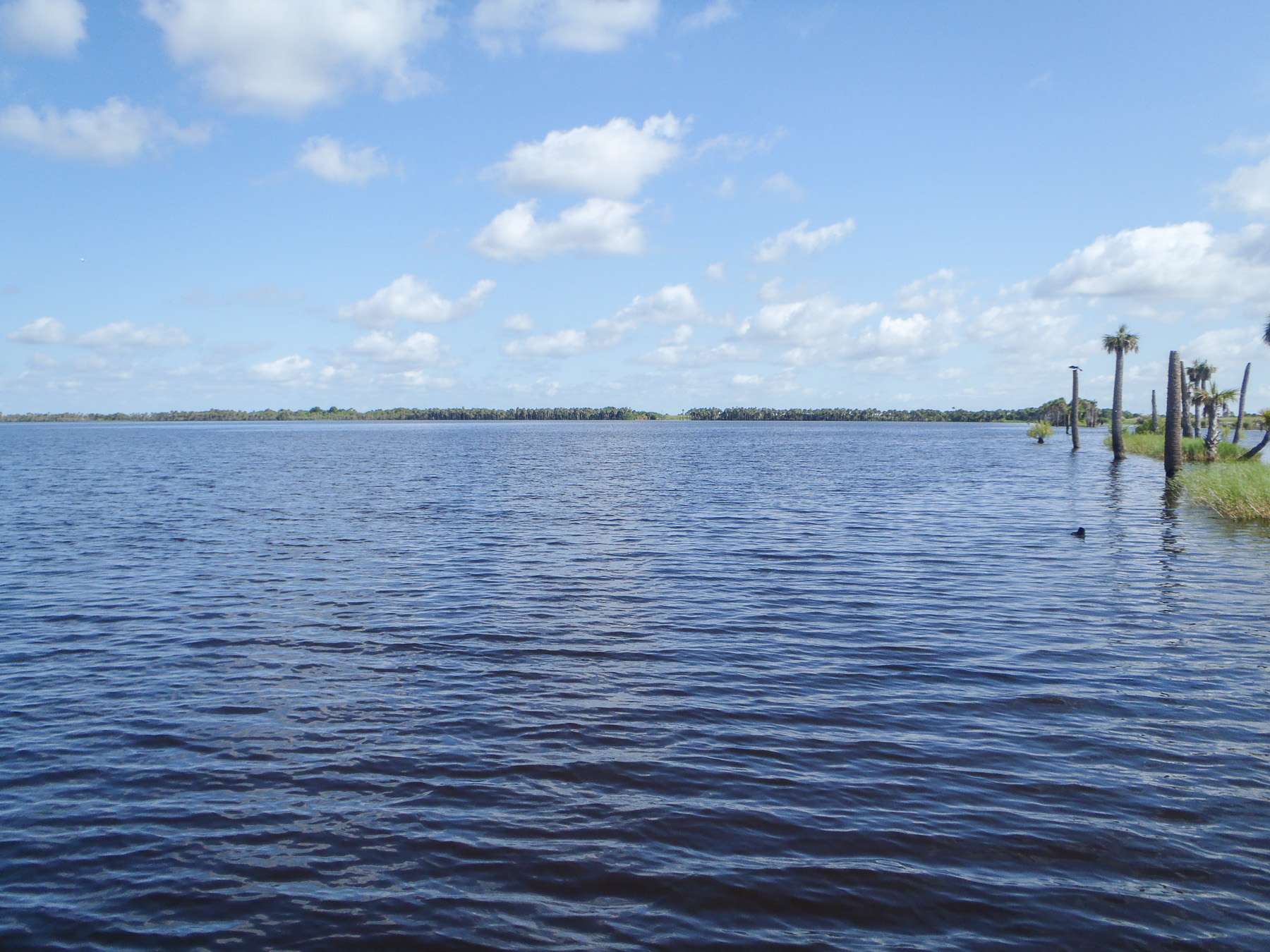
15. Stick Marsh/Farm 13, Florida
[6,500 acres] If you want to go hawg hunting, this may become your favorite destination in Florida. It’s small but packed with big fish. For those who aren’t too proud to use wild shiners, expect 30- to 40ish days with a lot of 5-pounders in the mix. Double-digit bass are here, as well; a 10-pounder was submitted to the Florida TrophyCatch program in March.While bluegill and shad constitute the majority of bass’ finned fare, there are other fishes that a hungry largemouth won’t pass up. Some are specific to certain regions. Gobies, for example, account for nearly ninety percent of smallmouth bass’ diet in Lake Erie, but you’d be hard pressed to find a goby in Florida. The bass’ diverse diet and voracious appetite are a few reasons why they are so successful most everywhere they are introduced.Shiners and minnowsShiners and minnows are probably the most popular live bait used for bass fishing. However, bass do not feed on shiners as much as one might think, says Gene Gilliland, Central Region supervisor for the Oklahoma Department of Wildlife Conservation. He says that shiners are very fast in the water, and with the exception of the golden shiner, do not grow beyond 2 or 3 inches, meaning bass will be more likely to target a larger, slower bluegill or shad”Shiners are so popular as live bait because they can be raised in huge numbers very easily in a pond,” says Gilliland. “People will raise tons of them then ship them all over the country.”Since bass may not eat many shiners in the wild, a question that arises is why do bass so readily gulp them down when they’re on a hook? The answer goes back to the fact that bass are opportunistic feeders. If something that looks good swims by them, they will eat it. If it’s wounded from being hooked, it’s almost a done deal. This is where anglers can capitalize on the bass-shiner relationshipGilliland says that shiners and most other minnows look similar: silver on the sides, a dark back and a light colored belly. They are found in the upper part of the water column, making a floating Rat-L-Trap a good bet for a shiner imitation, Gilliland says. The slight variations include the emerald shiner’s green tinted back and the larger golden shiner’s gold coloration. Gilliland also notes that in clearer water minnows will typically have more vivid colors.The invasive gob The round goby was introduced to the Great Lakes about a decade ago by ships coming from the Caspian Sea and emptying their goby-filled ballasts into the Great lakes, says Gilliland. He points out the connection between angler, fish and forage because the gobies have not only changed the bass’ diet, they have altered the way anglers fish for Lake Erie smallmouth.”I’ve fished there for years,” Gilliland says. “You used to fish tubes and look for large, roaming schools of smallmouth, but now you’re just looking for one good shellbed or rockpile, because that’s where the zebra mussels are, and gobies eat zebra mussels.”Gilliland goes on to say that vertical presentations like drop shotting have become the preferred way to fish Erie and the Great Lakes. Gobies, like minnows, are counter shaded with a green and black pattern on their back and lighter bellies. They are bottom dwellers, and do not stray far from a rockpile or shellbed, which means finding this structure is criticalWhile shiners and minnows are not primary forage for bass, they are abundant and will be eaten if the opportunity presents itself. Becoming familiarized with these fishes gives anglers a better chance at accurately mimicking them and in turn a better chance at nabbing a hungry bass.




